There seems to be no let-up in the growth of Britain’s café culture. In 2015 we spent £7.9 billion in UK coffee shops. By 2025, that figure is predicted to rise to £15 billion, while the 20,000 coffee shops recorded in 2015 are expected to rise to 30,000 by 2025. But this is not just the story of the relentless march of the big brands such as Starbucks and Costa.
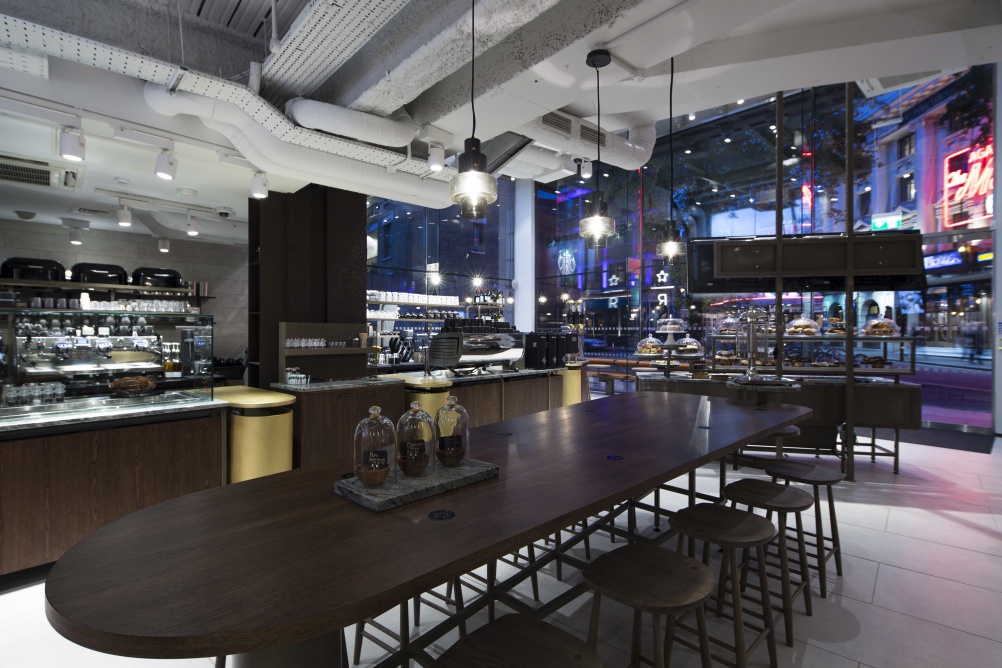
The independent sector, too, is thriving, with non-chain cafés and coffee shops reporting a rise in turnover, while their absolute numbers are increasing, too.
Daily espresso and the London coffee bar scene
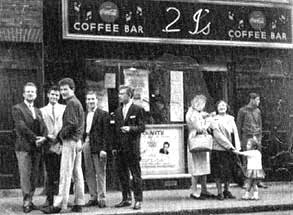
Britain’s love affair with coffee goes back to the 17th and 18th centuries, when coffee houses were meeting points for those interested in politics, culture, and society gossip. But if you want to trace the origins of the British coffee shop as we know it today, the best place to start would be the London coffee bar scene of the 1950s and 60s. Here, in bohemian neighbourhoods such as Soho, immigrants from Italy and elsewhere introduced the magnificent gleaming Gaggia machines with their hissing spouts and pressure gauges.
These were innocent times, and “frothy coffee” became a hit among youngsters, while Soho cafés such as the Moka Bar and the 2i’s, with their jukeboxes and live music and Formica table tops, were a focal point for a new wave of affluent postwar youngsters, playing a key role in the growth of British rock and roll.
The Australian invasion and expat coffee bars
Most of those coffee bars have long since disappeared, although the pioneering Bar Italia, which opened in 1949 in Frith Street, Soho, is still there today – and is still owned by the same family. Over the years, a small band of cafés continued to fly the flag for decent coffee; then came the big chains, with Starbucks opening its first UK store in 1998.
But over the past decade or so, Britain’s coffee culture has received a caffeine boost with the arrival of Australian expats who have brought with them their mother country’s love of coffee (which in itself was attributable largely to Italian and Greek migrants who moved to Australia and took their coffee-drinking habits with them).
These Aussies come from a country with a strong tradition of independent coffee shops - Starbucks has been unable to get a foothold there, and now has a measly 23 stores across Australia. When these coffee-conscious Australians moved to Britain, they offered coffee of a high standard, often featuring decorative fractal patterns in the froth.
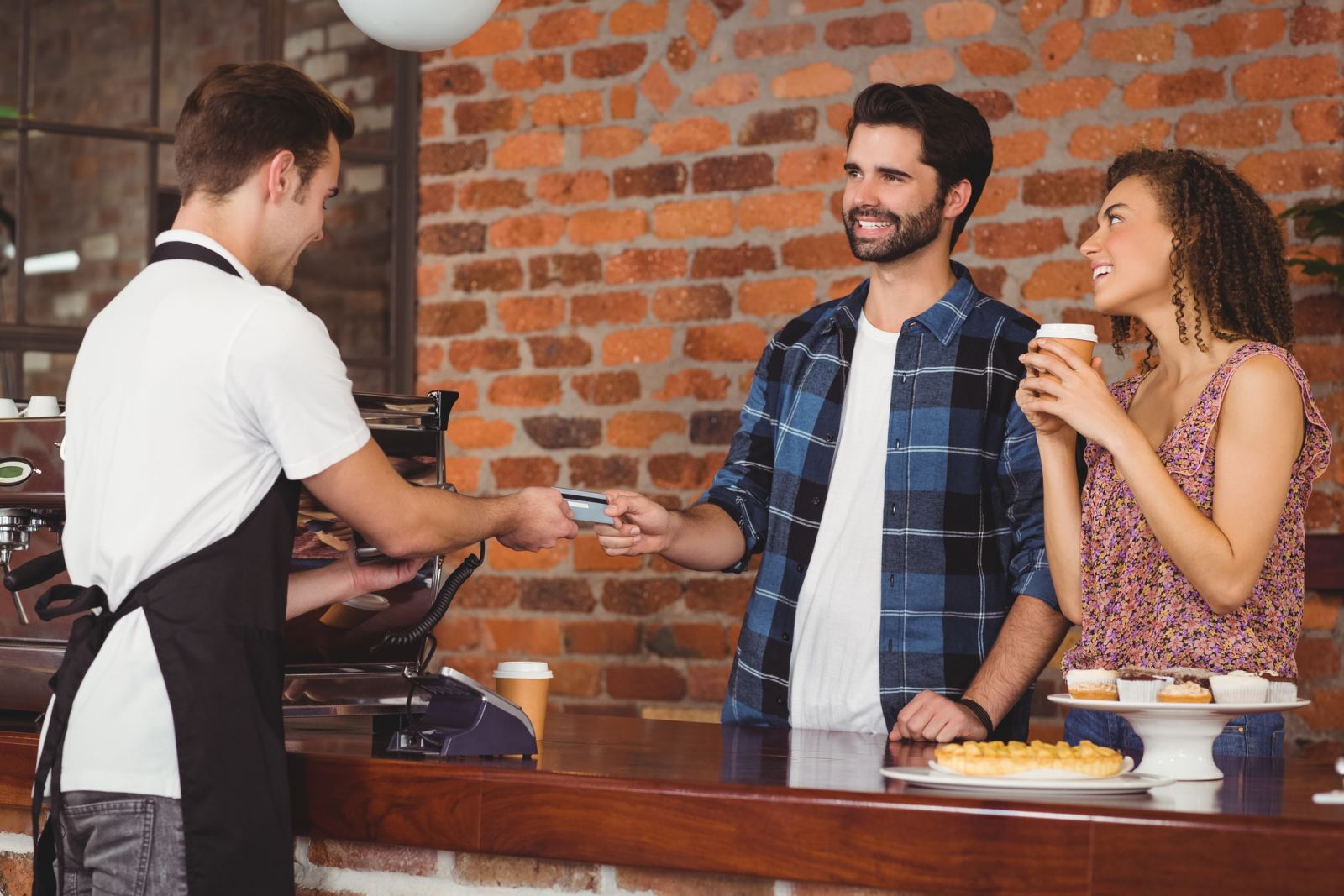
These cafés – and their many imitators - also offer cool, well-designed surroundings: not the bog-standard interiors of the high street chains, but interiors with personality, a touch of quirk. (It’s interesting to note that in some of their outlets, the high street chains are now trying to adopt the interiors styles of trendy hipster cafés: exposed brickwork, pipework and conduits, handwritten blackboards, pendant lighting.)
So, if you run a café or coffee shop, or are planning to open one, what’s the best way to approach interiors, decor and furniture?
Know your coffee shop and bistro customers
This might seem obvious, but it’s worth reinforcing the point: there is no point opening a trendy hipster-style joint with Edison lightbulbs and exposed girders if your potential customers are likely to be middle-aged and keen on tea, tablecloths and fancy doilies. And vice versa. Of course, these are two extremes, and most coffee shops will aim somewhere in the middle: cosy and comfortable enough for the tea-and-scones demographic, cool enough for the younger, trendier folk.
Mixing and matching coffee shop and bistro furniture
There is no law stipulating that all coffee shop furniture has to match. Indeed, the crushing uniformity of the furniture in many high street chains is dispiriting, giving them an institutional feel. By mixing things up, you can give your café a distinctive character and broaden its appeal.
Tub chairs or even sofas will offer comfort to those with tired legs who want to sit back for an extended stay. Contemporary stools at the counter or clustered around “poseur” tables will accommodate those popping in for a quick espresso fix.
New directions in coffee shop and cafe decor
Trends in furniture and decor have shifted in the past couple of years, away from the “industrial chic” favoured by hipster coffee shops and trendy cafés, towards something homelier. Thus, wooden chairs and tables painted in light colours, or creamy whites, with natural wood surfaces have come into favour.
Every year, the colour-matching company Pantone decides on its “colour of the year”, which gives an indication of the direction of design and decor trends. For 2017, it chose a refreshing green called Greenery, which Pantone describes as “a life-affirming shade”.
Going up the wall
Whether your walls are bare brick, plaster or wallpapered, they can become a canvas on which to display your coffee shop’s individuality. As consumers move away from mass-produced goods and chain stores towards the handmade and the local, they will appreciate local touches. So, if you can source vintage maps of your café’s neighbourhood, have them framed and mounted on the walls, these will add character and inviduality.
A quick online search will yield a host of websites supplying vintage maps of all areas of the country – originals and reproductions. Likewise, vintage photographs of your area will add character and become a talking point; local museums and bookshops may offer these. If you can source a vintage photograph of your own premises in a previous incarnation, this would be ideal. Alternatively, generic vintage photographs add a homely touch. Also, you might consider giving over some of your wall space to the work of local artists to display their work for sale. A rotating exhibition of artworks will send out a positive message about your café.
Light fantastic with industrial-chic
The industrial-chic bare filament Edison lightbulb trend seems to be continuing, but it is becoming something of a cliché and may have had its moment in the spotlight. So now might be the time to think about something softer. Lights set into your walls can add a warm upward glow (and also illuminate your framed maps and photos: see above), while pendant lamps with simple shades (but nothing too chintzy) add atmosphere.
Again, this is an area where you can mix things up; rather than ranks of identical lamps dangling from the ceiling, a more informal look can be achieved by varying the style, length and spacing of your lighting. LED lighting, meanwhile, is a fast-moving world and enables lighting to be installed in previously inaccessible places – walls, floors, counters, and so on. But remember, too, that the best source of light is natural, and free: the sun. So make the most of whatever window space you have – don’t clutter it up too much.
Top tables
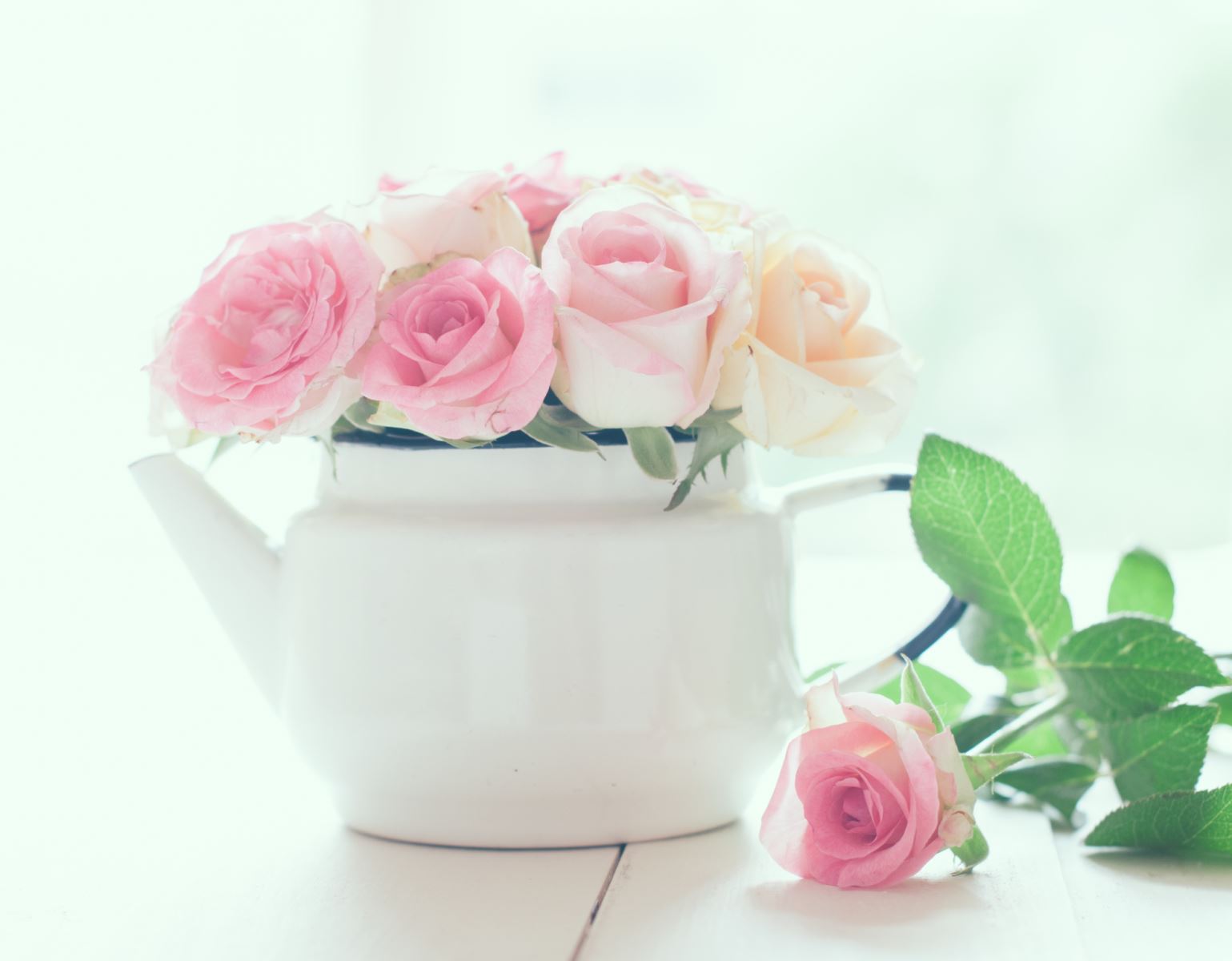
Flowers are a kind of instant “smile”: they add colour and happiness to any table. But what to put them in? There is no reason why they should be placed in traditional vases. Vessels such as old teapots (enamel or china), decorative jam jars, Kilner preserving jars, large drinking glasses, even branded food tins (a large Colman’s mustard tin, for instance) make excellent quirky containers. The Pinterest website is a goldmine of creative decorative ideas; most of them are aimed at the home, but there’s no reason why many of the ideas can’t be used in a wider commercial setting.
And one final coffee shop tip...
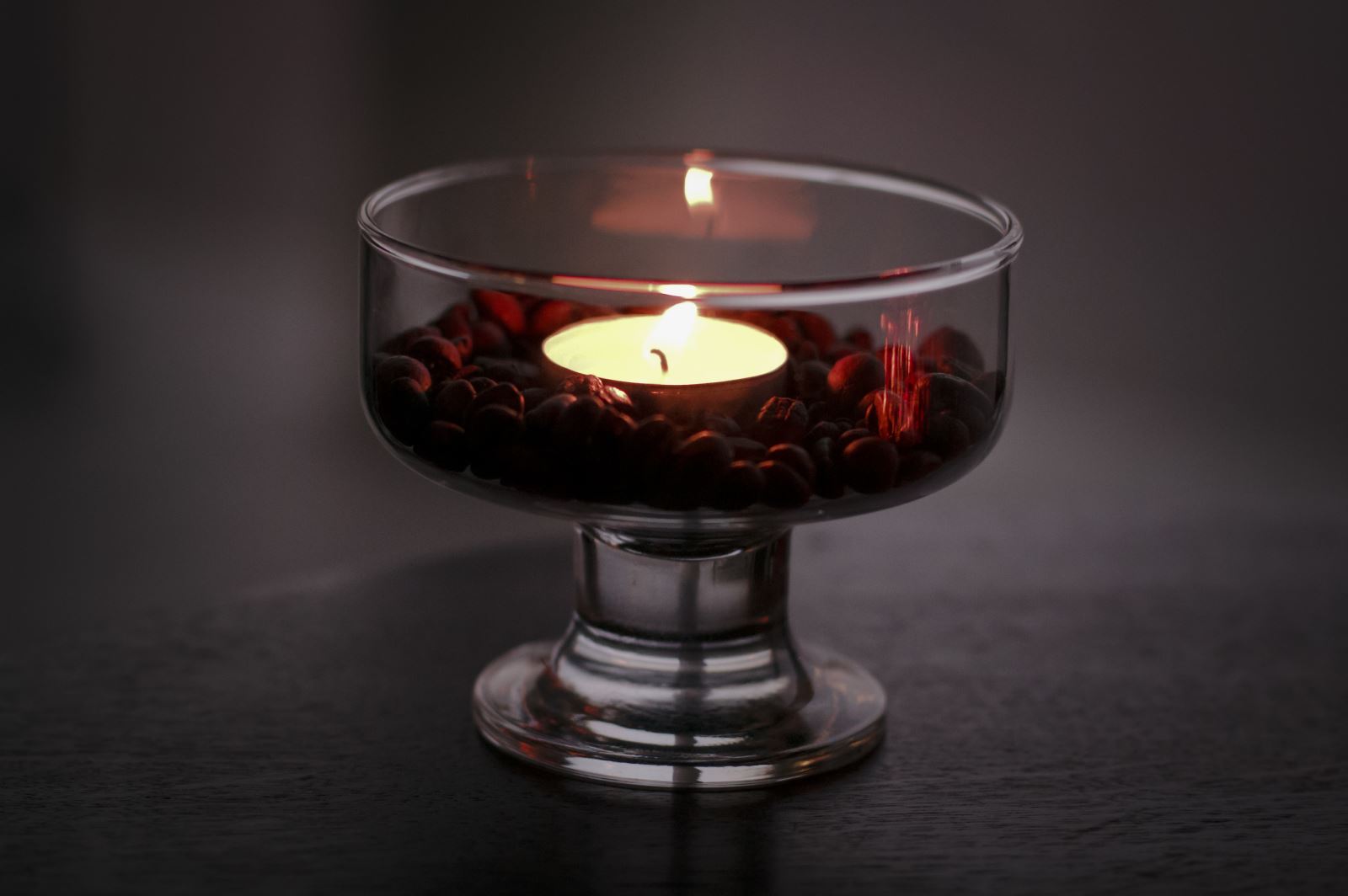
Don’t forget that the raison d’etre of your café – coffee – is attractive in itself. Dark shiny coffee beans can be stored in attractive glass jars and displayed on shelves behind the counter or around your café. Or, a glass jar half-filled with coffee beans can form an attractive candle-holder.
But whatever you do, don’t be too concerned about keeping up with trends. In today’s world of mixing and matching and eclectic quirky interiors, if there can be said to be a trend, it is this: there are no trends. If your café or coffee shop looks warm, welcoming and friendly, you are getting it right.